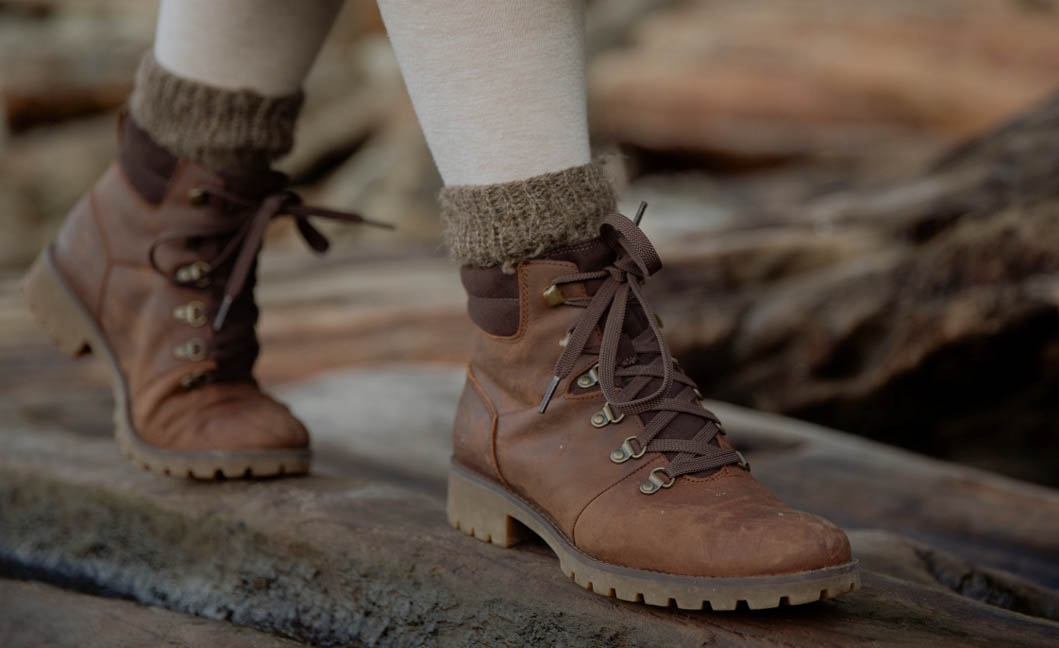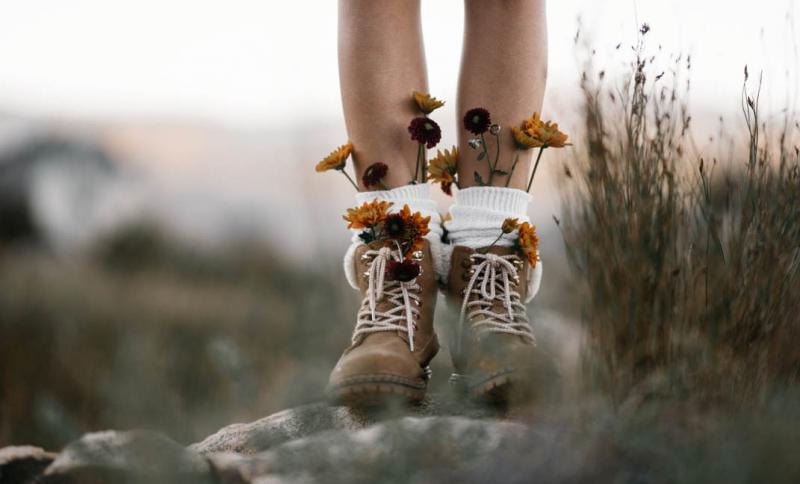
Winter shoe repairs: How far can super glue get you?
The Ottawa Tourism website describes the city as a “magical destination” in wintertime, noting the opportunity to do everything a human can possibly do on snow and ice, including skiing, skating, and snowshoeing.
However, for many people, winter can be a time of strife, too. The cold sets in and things start falling apart. There’s no worse time to discover there’s a hole in your coat than on a January morning.
Of course, things like jackets can be repaired. Knowing how can sometimes seem like specialist knowledge, though. Yes, YouTube and wikiHow can provide the basics of maintaining and fixing basic household items, but few people actually sit down to mend something essential and instead opt to buy new replacements.
Today, we’re going to go through the best of the superglues available on the market, perfect for maintaining and restoring beloved possessions and providing a new lease of life.
All-Purpose Superglues
As a general rule, you should be using liquid superglues for non-porous, smooth, and close-fitting materials, such as wood, rubber, leather, plastics, and (flat) ceramics. For surfaces overhead or at an angle, experts advise using super glue gels, as these are unlikely to run and make contact with skin or other areas. Superglues are available for almost any purpose, including fitting metal.
Waterproofing
Let’s take a look at boots and shoes. Depending on the severity of the local climate, damaged footwear may need replacing immediately. However, plenty of product suppliers actually recommend their adhesives for repair jobs, including delaminating soles, which are described by a loose or detached sole, waterproofing, heel reattachment, panel repair, and general maintenance.
As far as waterproofing is concerned, using glue simply means re-sealing holes that are letting water in. True waterproofing requires a different solution or even an entirely new pair of boots. Note that you may also need some supplementary materials such as sandpaper, strong tape, a cleaning solution, and a brush to complete the repair of your shoes. These might be considered optional, though.

Glues generally take between eight and twelve hours to fully bond or ‘cure’. This inevitably means your footwear will be out of action during this period, so it’s important to plan around any scheduled repair sessions so that you don’t re-open the repair and potentially cause even more damage to your beloved boots. It doesn’t hurt to have a backup pair for this purpose, especially during the long winter months between October and February.
Boots Theory
There’s still one question to be answered, though, which we touched on briefly earlier – should you repair? An idea called the boots theory pops up in socioeconomic studies, which states that continually repairing boots is not a cheap solution if you have to keep doing it. So, while super glues are excellent for minor cosmetic repairs and re-affixing a lost heel, some damage may cascade over time.
Footwear is important in these northern climes so it’s important to be prepared. Take a look at the state of your boots, the weather, and the options available to you, and make the best call you can.
Photos: Pexels








